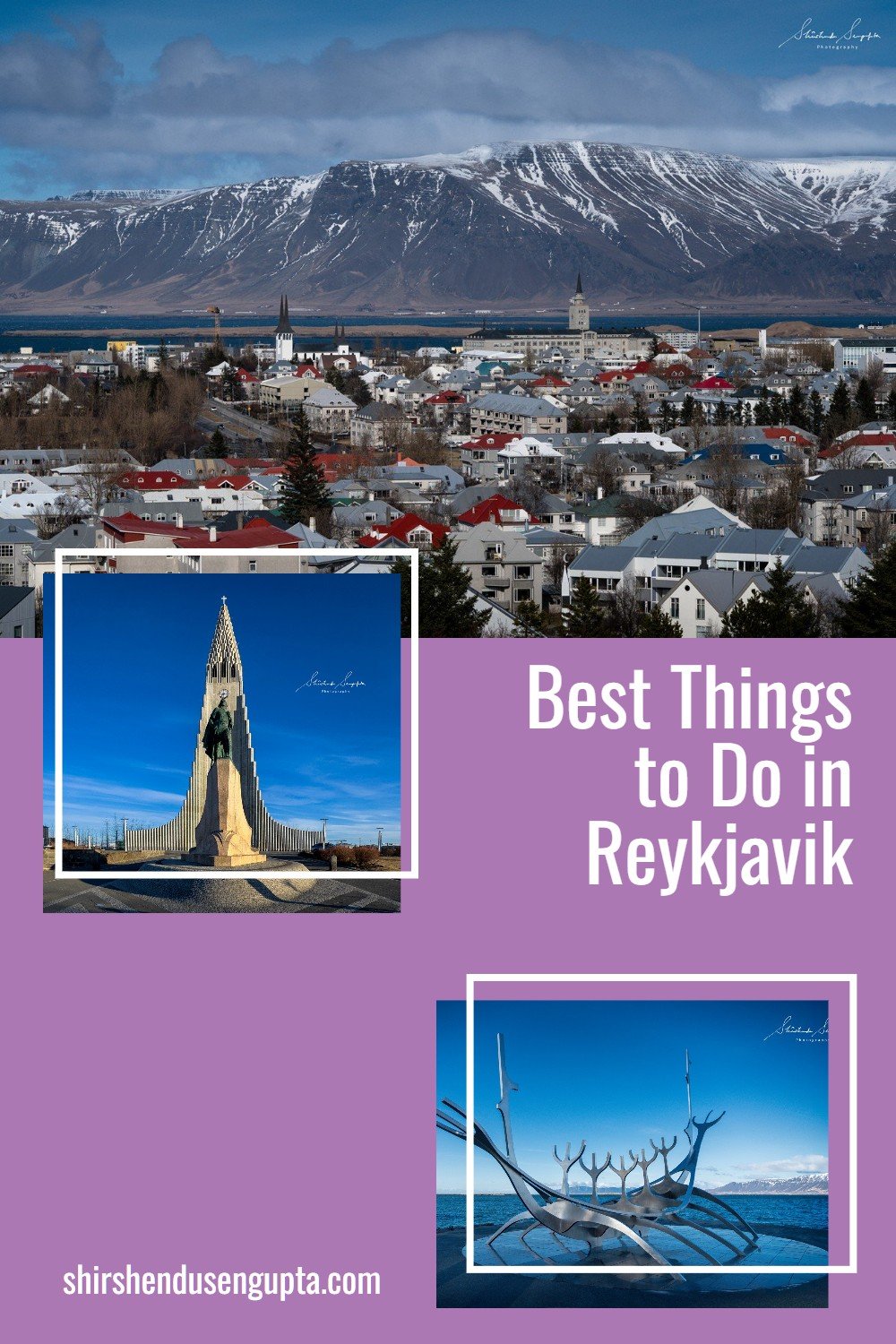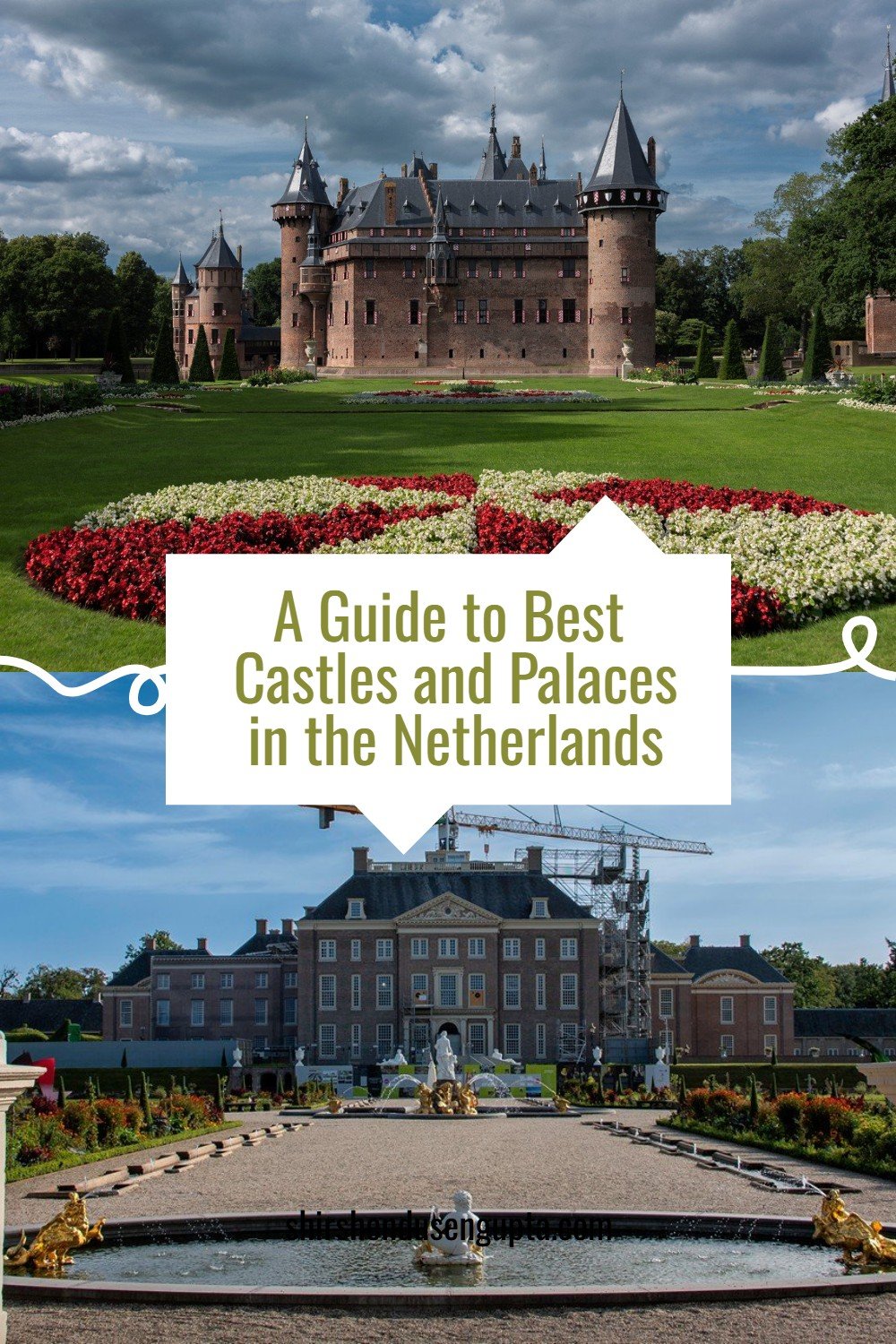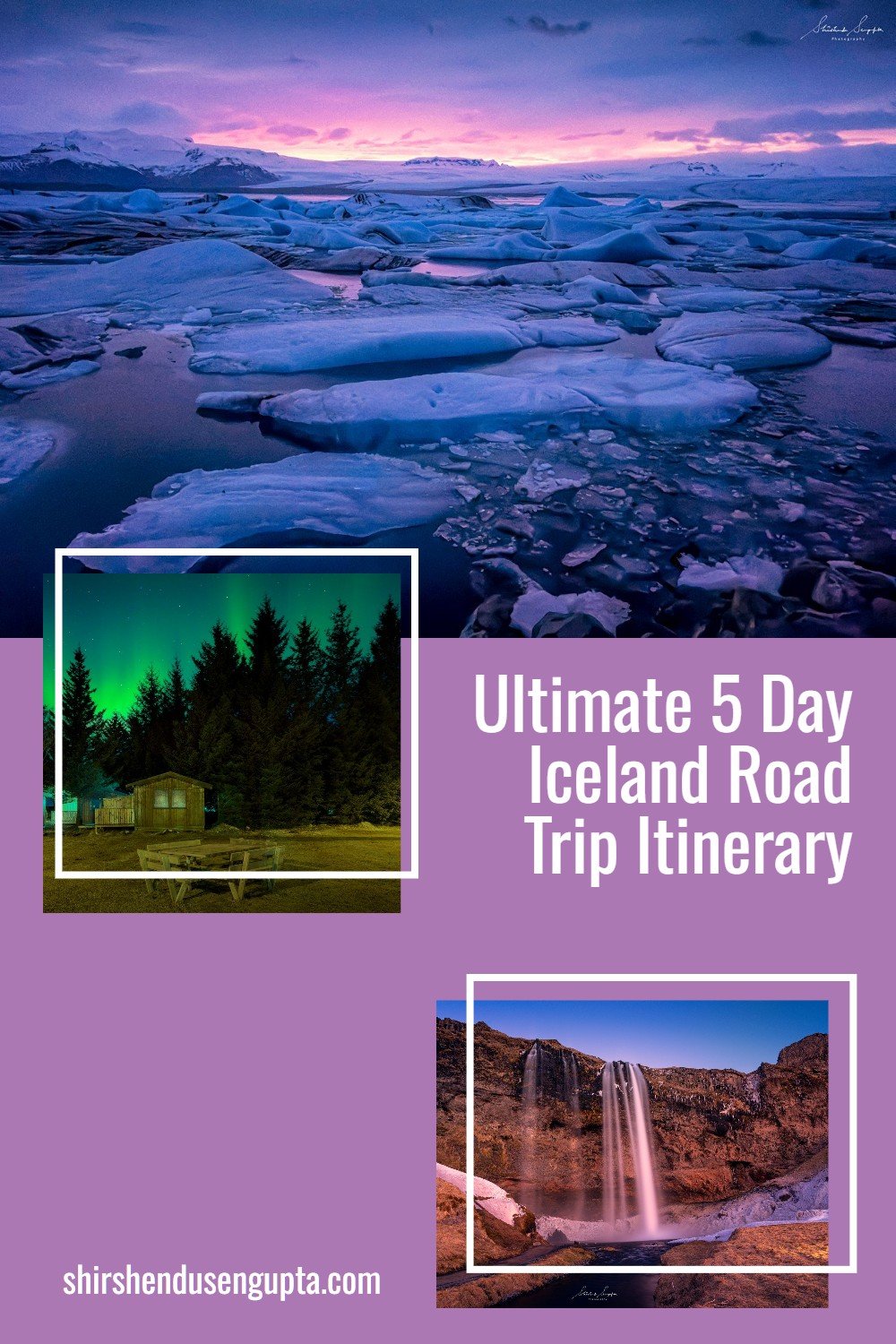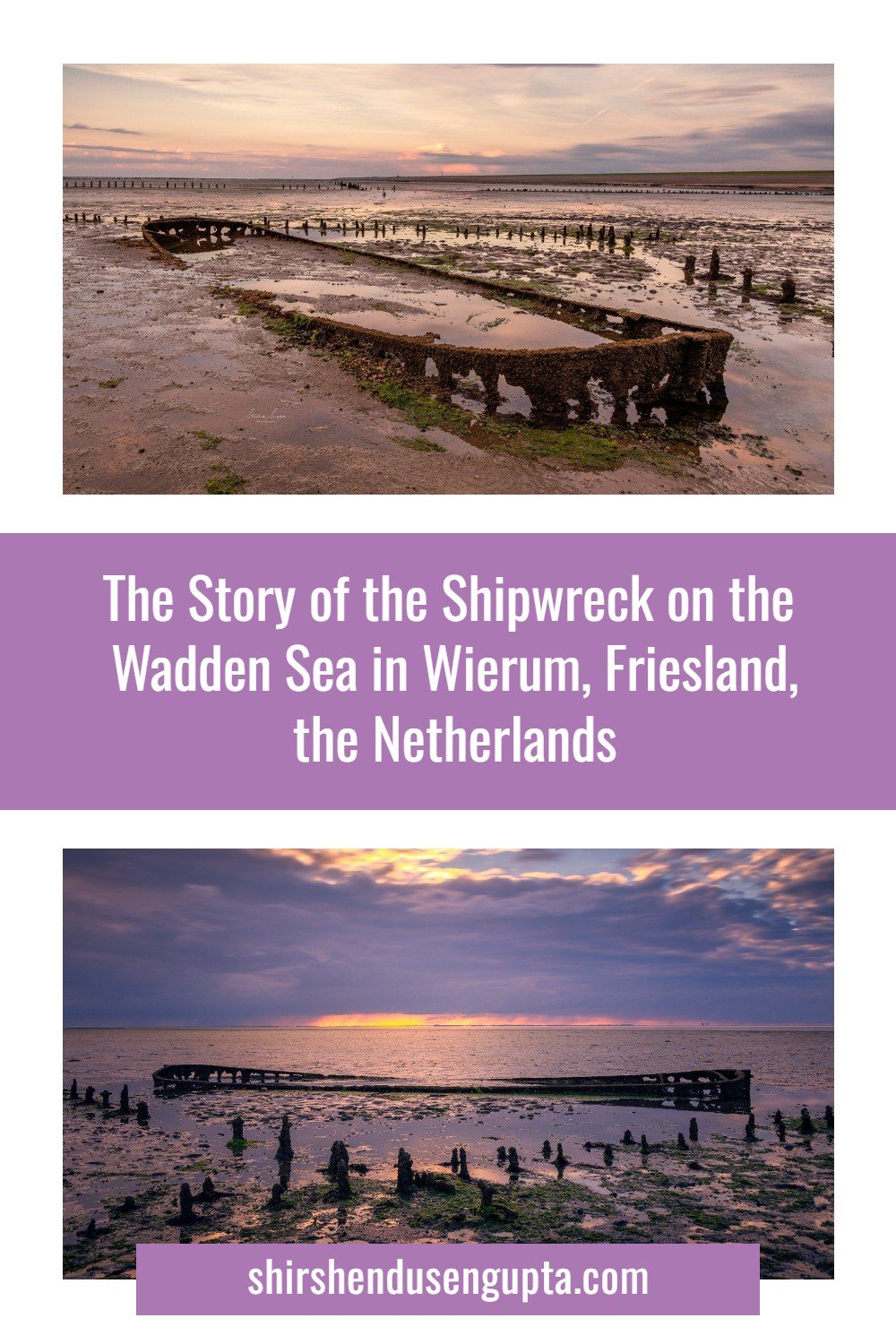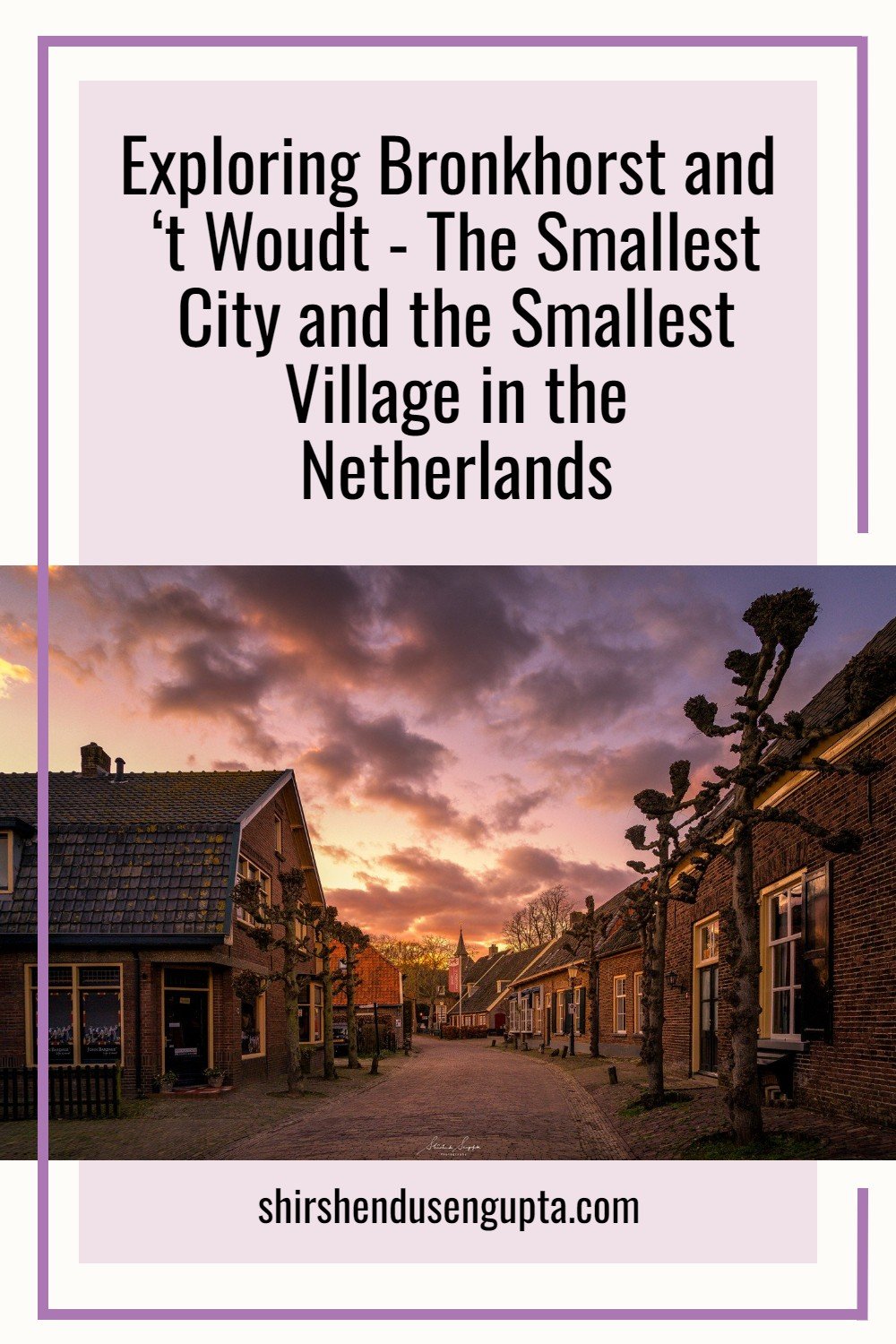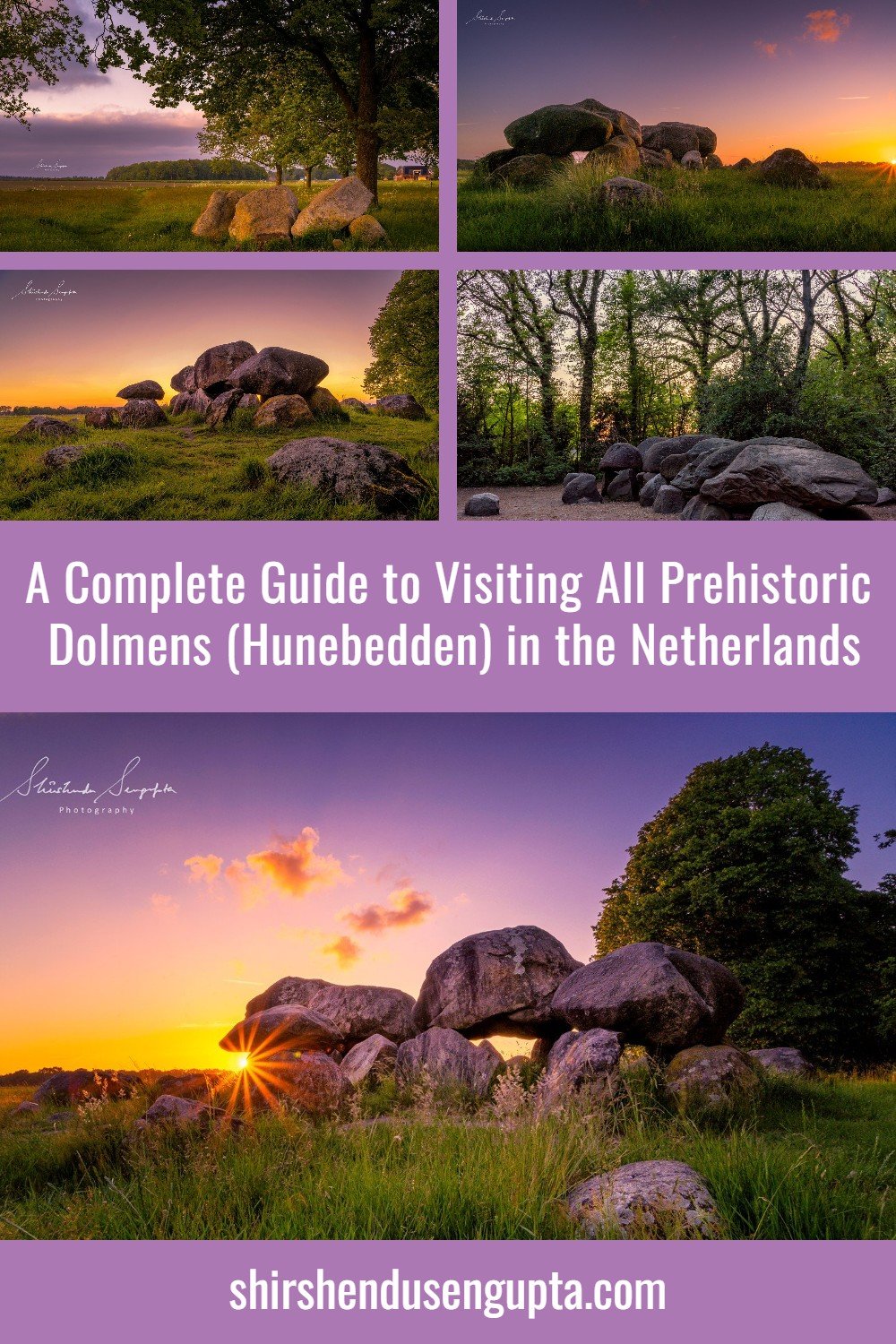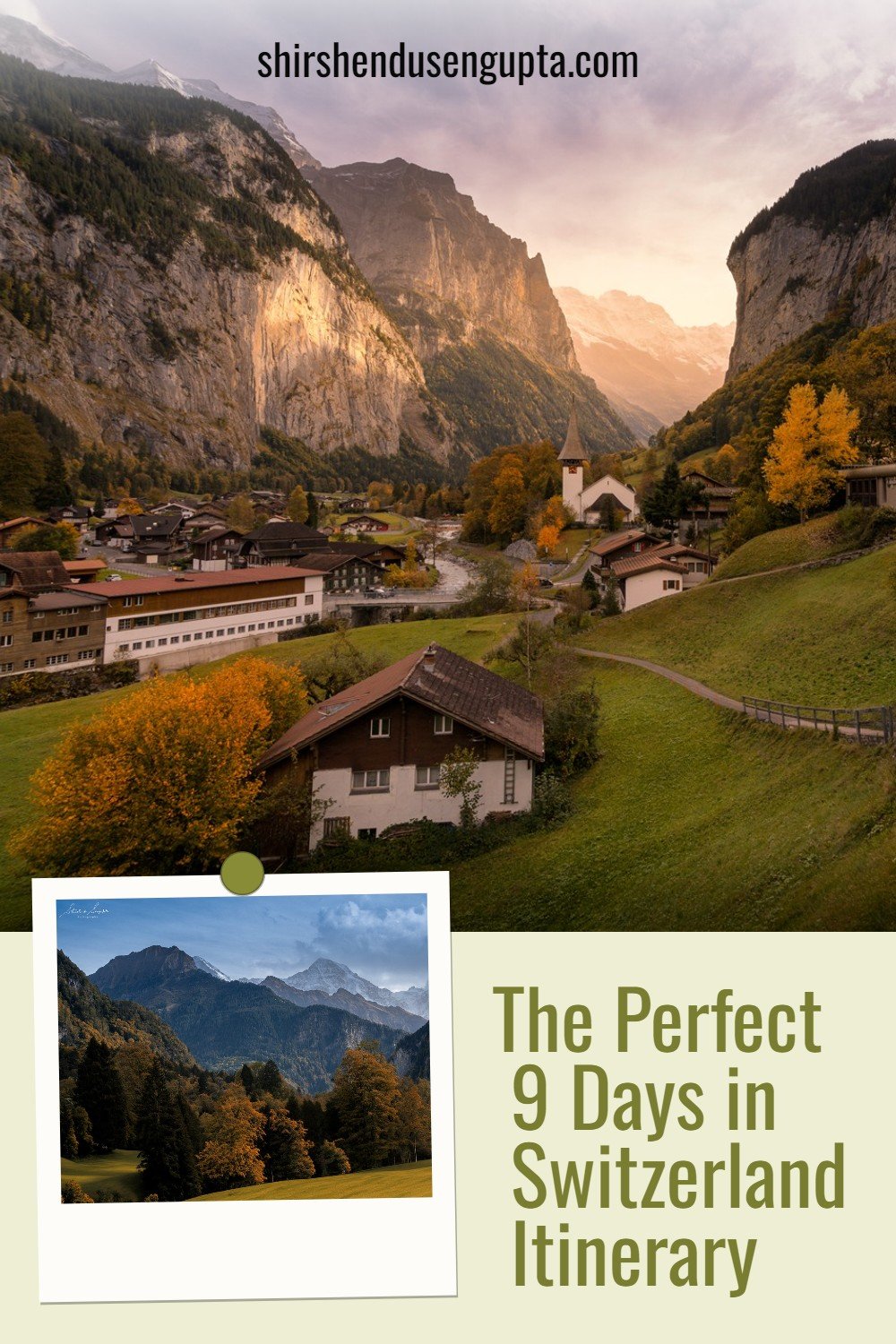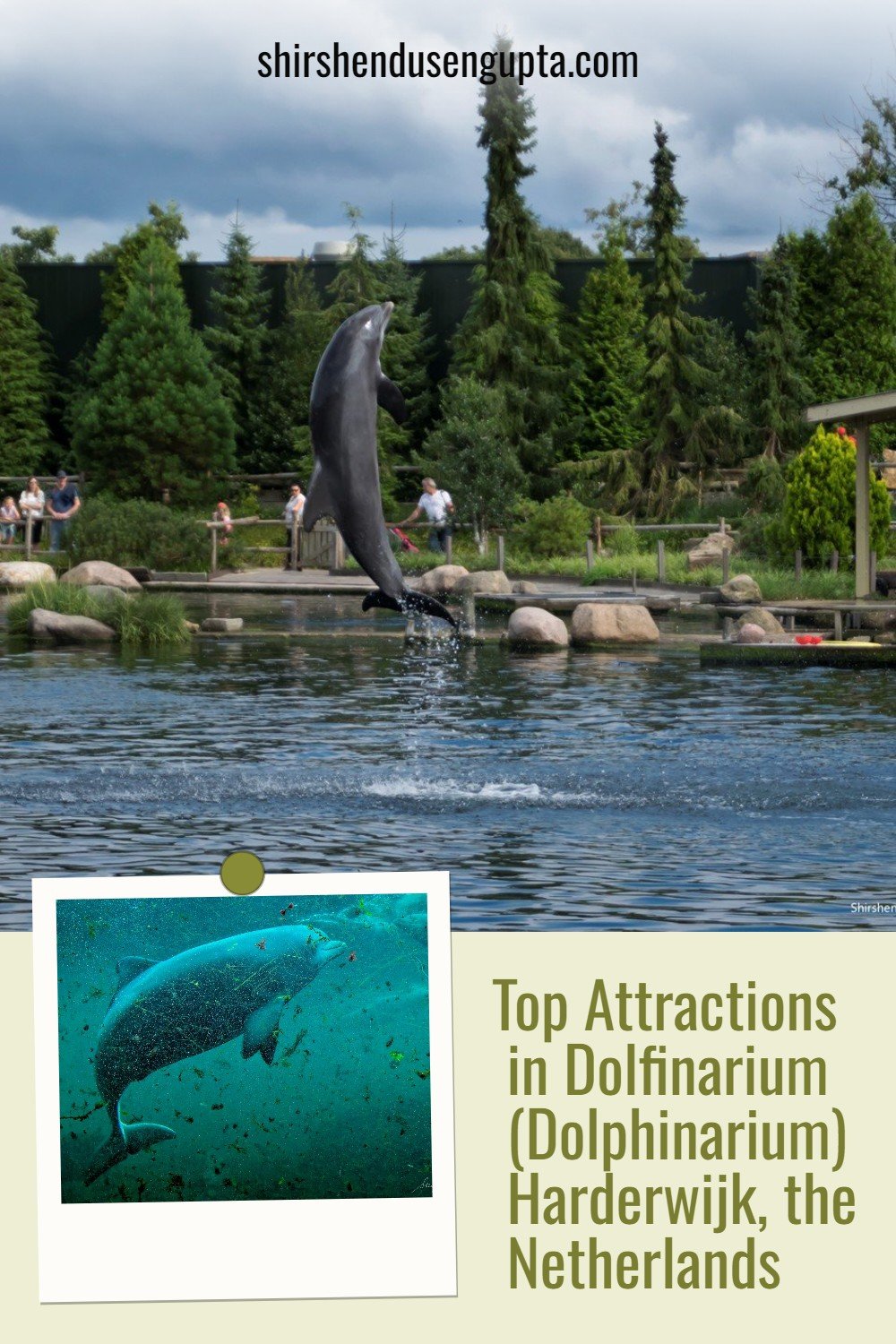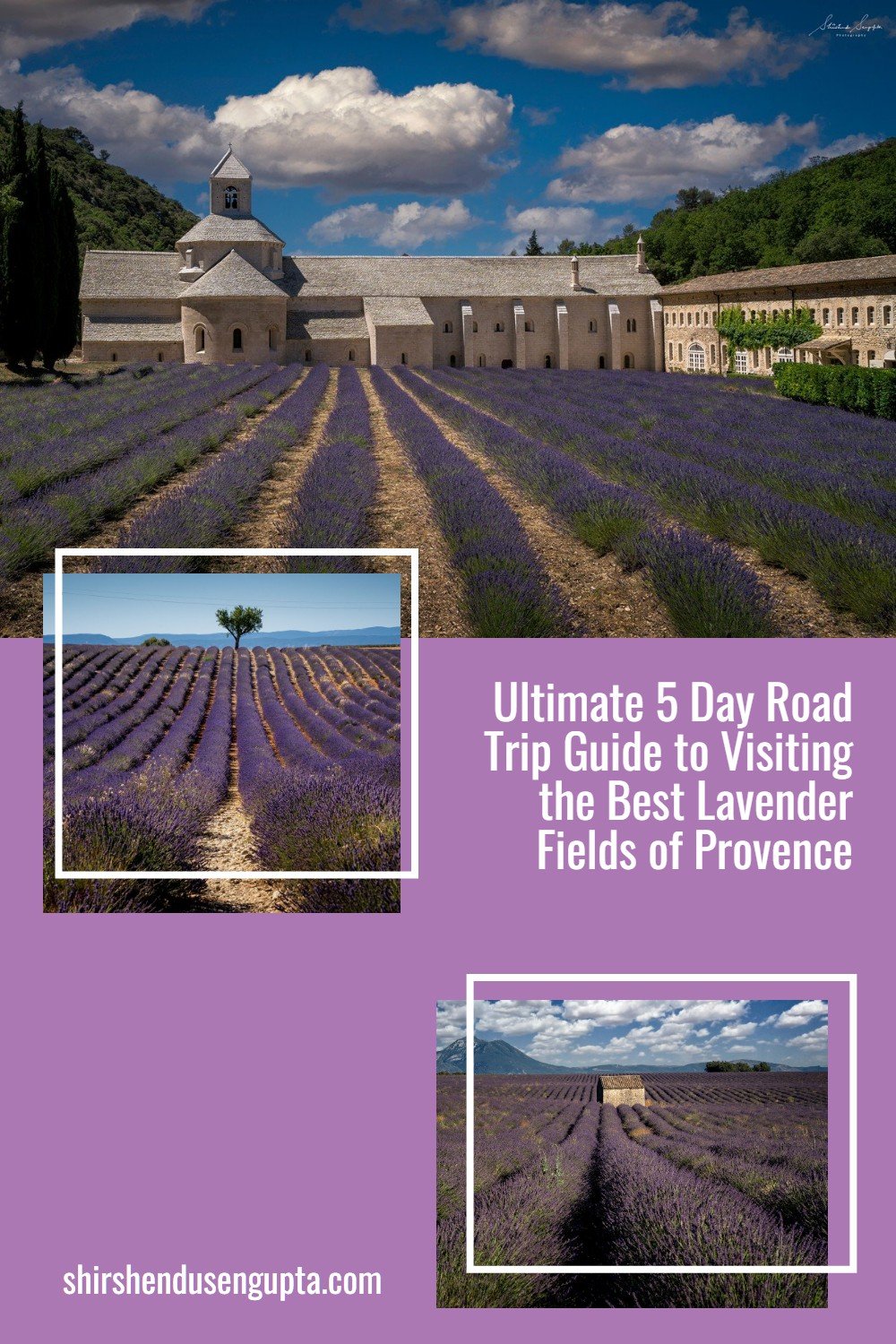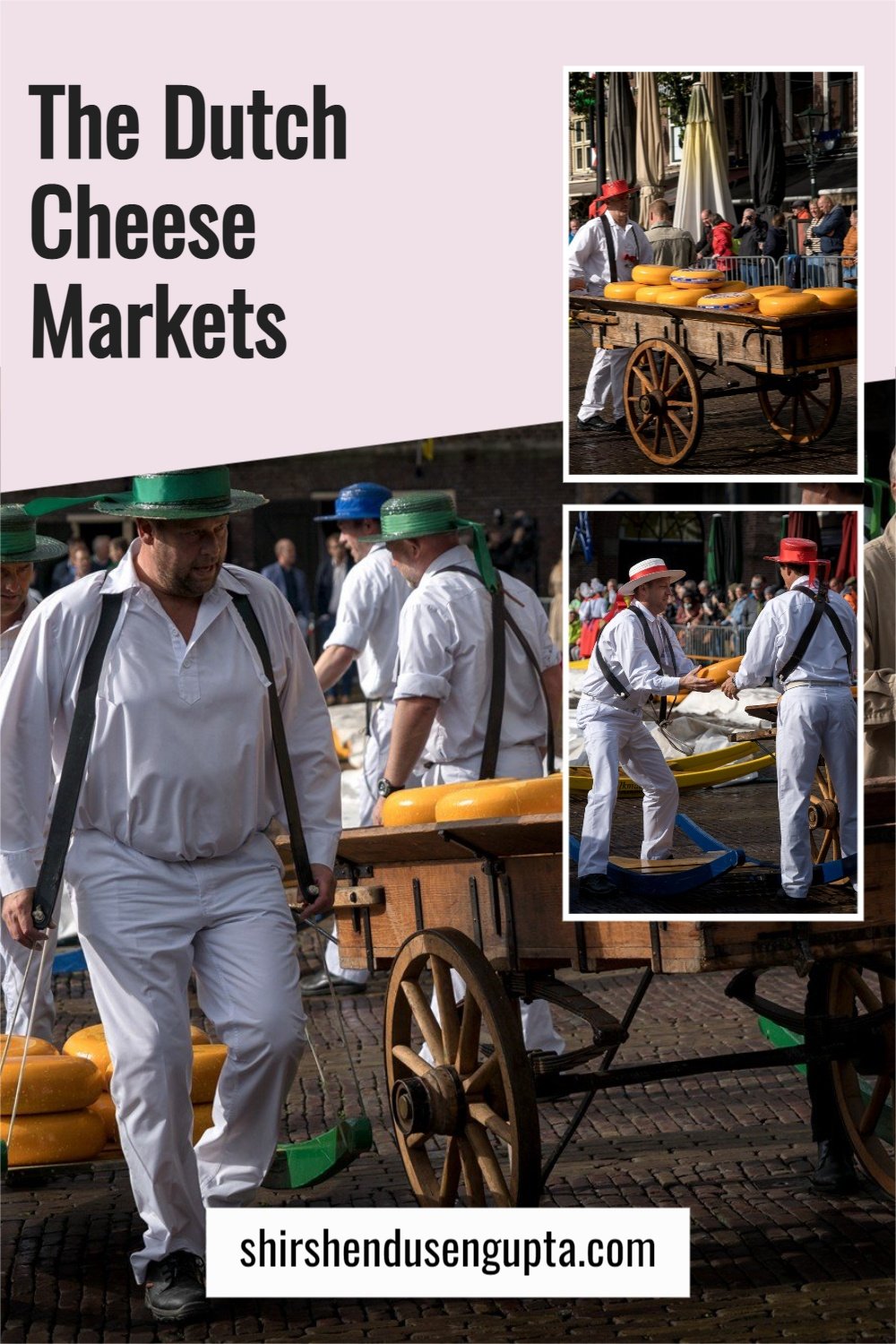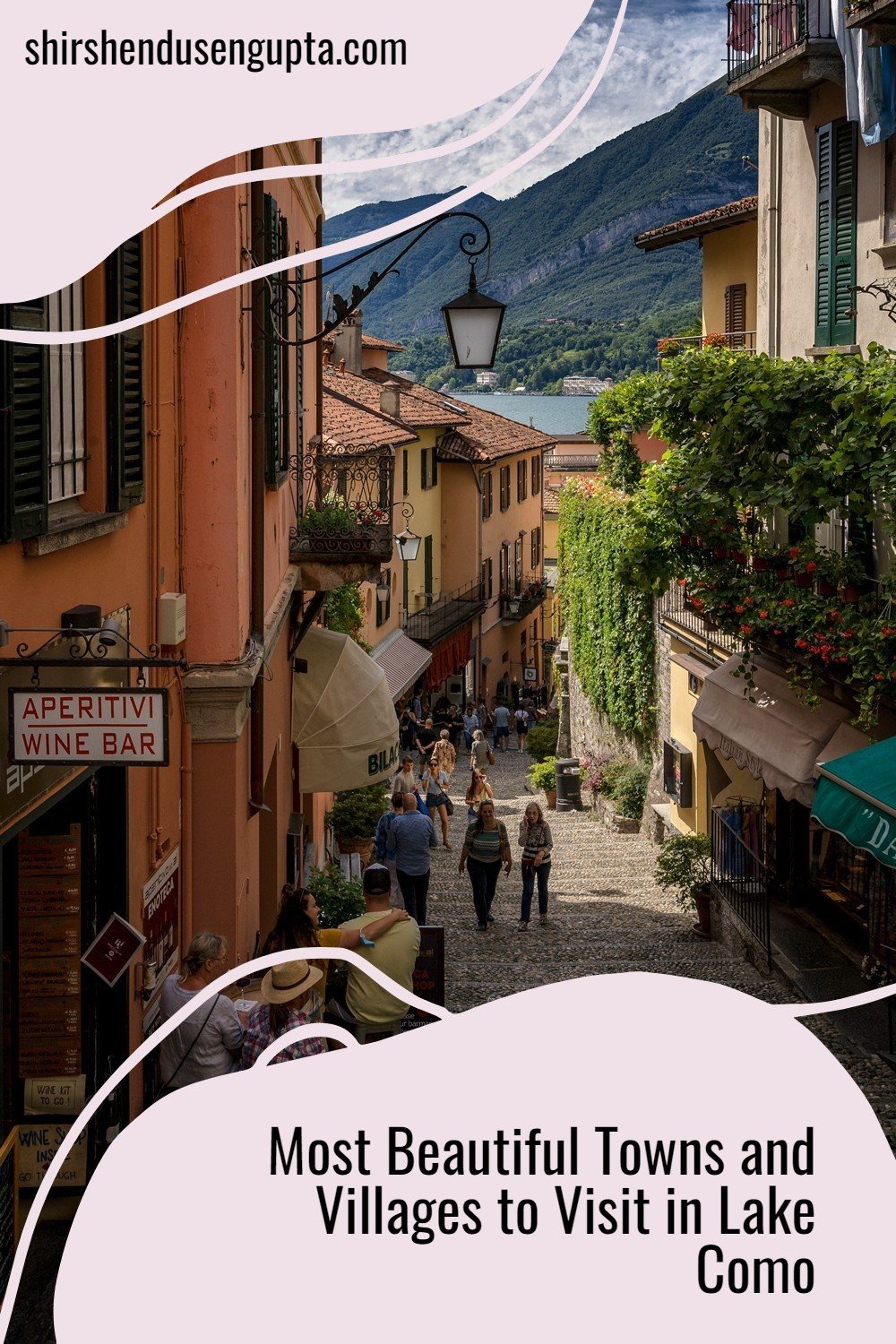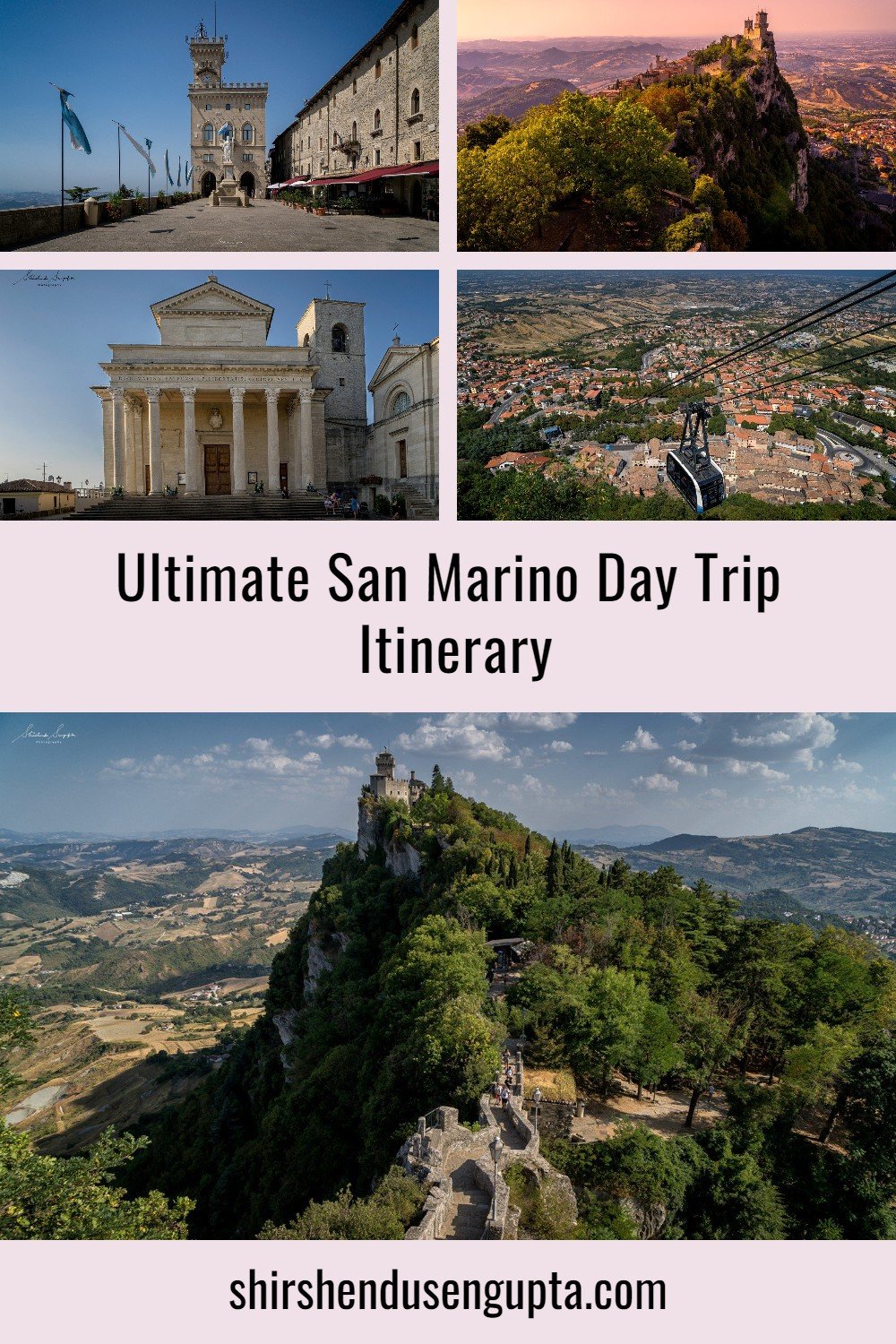Complete Cinque Terre Travel Guide | Everything You Need to Know for Visiting Cinque Terre | Best Places to Visit, Top Things to See and Do in Cinque Terre, Italy
Cinque Terre - The Five Lands
The Cinque Terre (pronounced as Cheen-kweh Ter-reh), or "Five Lands," is a rugged stretch of the Italian Riviera comprising of five small coastal villages in the Liguria region of northwest Italy: Monterosso al Mare, Vernazza, Corniglia, Manarola, and Riomaggiore. The Cinque Terre National Park, which includes the shoreline, five villages, and adjacent hillsides, is a UNESCO World Heritage Site.
Situated amidst one the most dramatic settings on the planet, these five ingeniously constructed isolated hamlets with no automobiles, winding lanes, seemingly impregnable cliff sides, perfectly preserved architecture, a network of stunning mountain trails, and a 19th-century railway line cutting through a series of coastal tunnels connecting the villages can spellbind even the most adept of eyes.
Planning your Visit to Cinque Terre - The Five Questions
Planning your first trip to the five villages of Cinque Terre can be pretty perplexing, with these five questions hovering over your mind at all times.
What are the top things to see and do in Cinque Terre?
What is the best time to visit Cinque Terre?
How many days are needed to cover all the five villages of Cinque Terre?
Which is the best village to stay in Cinque Terre?
How to travel to and around the five villages of Cinque Terre?
Trust me, when I planned our first travel to Cinque Terre, I could not find a single article across the internet that could answer these five questions comprehensibly, in one place. Today, having explored Cinque Terre extensively for a couple of occasions, I’m here to answer all these questions for you. Hope it helps you in planning your visit. Let the journey begin!
Question #1 - Top Things to See and Do in Cinque Terre
Visiting Cinque Terre is all about village-hopping across all the five villages, each of which has its own distinct personality, either by the train or by hiking, taking lazy strolls through the villages, clicking postcard-perfect pictures, going swimming or sunbathing, shopping for souvenirs, and watching the sun go down as you dine at a laid back cliffside restaurant. So here goes our list of the top things to see and do in Cinque Terre.
Village #1 - Monterosso Al Mare
We start our journey from Monterosso Al Mare, the largest of the Cinque Terre's five seaside villages. The village is surrounded by lemon groves, vineyards, and olive groves. This small village is one of the most welcoming on the Ligurian Riviera, thanks to its wonderful beaches, gorgeous corals, and crystal clear waters. It is the only village in Cinque Terre with a sand beach whose promenade is lined with restaurants, taverns, and ice cream parlors. The medieval tower of Aurora divides Monterosso into two parts. The old town and Fegina, the new part of town, is vibrant; it reflects an area that has benefited from tourism, as evidenced by the large number and high quality of hotels and restaurants.
Things to Do at Monterosso Al Mare
1. Hit the Beach
Monterosso has a long sandy beach with crystal-clear waters in the modern part of town, just in front of the station, where you can hire loungers, umbrellas, and SUP boards. So go swimming, surfing, sunbathing, or playing beach soccer, just like us. From the beach of Monterosso, you can also hire an organized kayak tour wherein you can paddle with a guide along the beautiful stretch of coast to Vernazza and the quiet beach of Guvano, where you'll stop for some snorkeling in the crystal clear seas. Paddling all the way to the last village of Riomaggiore is an option for the most daring.
2. Visit Torre Aurora
The Aurora Tower is one of Monterosso al Mare's most well-known tourist attractions. It was built by the Genovese in the 16th century as part of the local defense system against pirate invasions, and, like the Castle of Monterosso, it is located in the heart of the town, defining the boundary between the old and new districts.
3. Visit the Monumento a San Francesco d'Assisi
On the Capuchin hill, overlooking the entire bay is a massive bronze statue of San Francesco with the Gubbio wolf. It is undoubtedly the Cinque Terre's most photographed and representative monument. A work of art by the Italian sculptor Silvio Monfrini (1894-1969), it commemorates the advent of the Capuchin friars at Monterosso as peace bearers in the 17th century and, given its location, greets guests with the traditional Franciscan greeting of "Peace and Good." It first opened its doors in 1962.
The Franciscans trace their roots back almost 800 years to Saint Francis of Assisi (1182-1226), a modest and poor man regarded by history as the clearest image of Christ. Francis of Assisi spent his childhood having fun with his friends and wasting his family's money. Because of a war between Perugia and Assisi, he resolved to entirely change his lifestyle, abandoning his enjoyment and leisure in favor of giving life a deeper meaning: assisting the poor, sick, and weak. He went to his father, publicly handed over his valuables, and began wearing a tunic as he wished to return to a natural state free of money. Later, he established the order of minor friars with the blessing of two Popes. Pope Gregory IX canonized Francis, who is the patron saint of Italy, from 1228.
4. Climb to the Church of San Francesco within the Capuchin Friars Monastery
The Capuchin Friars convent in Monterosso al Mare is part of the Capuchin Friars Minor order in the Genoa area, and it has long been a point of reference for both the local community and visitors to the Cinque Terre. The Capuchin Friars have always played an important part in Monterosso's history as spiritual guides. Monterosso residents have long held a reverence for the Convent, which has long been revered as one of the city's most valued cultural treasures.
The seventeenth-century capuchin church with its wooden altar and choir, art masterpieces (including Van Dyck's "Crocefissione (Crucifixion)", Luca Cambiaso's "San Girolamo penitente"), and its vaulted refectory with "La Veronica" by Strozzi. The convent features in most of the territory's artistic travel guides, both Italian and foreign, and it is recognized as a UNESCO site alongside Cinque Terre.
5. Visit the Town Center
The town center of Monterosso is characterized by narrow winding lanes (carruggi), old fishermen's houses, a plethora of great taverns, fish restaurants, and wonderful guest houses. As you start strolling through the meandering alleys you come across a clock tower and a monument of Giuseppe Garibaldi. Every Thursday morning, the town center hosts the local farmer’s market.
6. Hike from Monterosso to Vernazza (2 hours)
If you have time, I recommend you to take at least one of the well-known hiking trails that connect the villages. From the eastern section of Monterosso's ancient town, a footpath marked in white and red leads to Vernazza. The walk begins with a long staircase that winds its way through vineyards and orange groves. The vista of Vernazza over the sea as the trail descends is just breathtaking.
Village #2 - Vernazza
Vernazza is the most well-known of the Cinque Terre villages and is considered one of Italy's most beautiful towns. Vernazza was built in 1000 A.D. and ruled by the Genoese Republic until 1276. Belforte, a medieval castle, was built in the mid-1500s to safeguard the community from pirates. The village is bordered by steeply terraced olive fields that are considered to produce some of the country's best olive oil.
Note: The image below is taken from the Monterosso to Vernazza hiking trail as mentioned above. However, if you don’t have the time to hike all the way from Monterosso to Vernazza, a trick to get this shot with less time and effort is to reach Vernazza by the Cinque Terre Express that runs between the villages (more details on that is provided later in the article) and hike towards Monterosso for 15 minutes to reach this point.
Things to Do at Vernazza
1. Visit Santa Margherita di Antiochia Church
The parish church of Santa Margherita d'Antiochia, dedicated to Vernazza's patron saint, was completed in 1318. The Antelami Masters built it in Gothic-Ligurian style on the rock above Vernazza's little port. According to folklore, a little wooden box containing the bones of a finger from Santa Margherita's hand was discovered along the village's coast in antiquity. The locals took this as a sign to build a church dedicated to Mary in a neighborhood known as "isolotto." However, due to a huge sea storm, the relic vanished, only to make a reappearance later in the exact location where it was first discovered.
2. Sunbathe or swim in Vernazza’s natural harbor
Vernazza's natural harbor is a fantastic place to take a dip or simply sit down pondering over the good things in life while letting the sunshine on your shoulders do its magic. This area, however, can be congested, particularly during peak season. So I suggest going as early as possible to escape the crowds and the heat of the midday sun.
3. Take a walk around the central plaza
Everything in Vernazza is centered on a charming little plaza with brightly painted cottages beside the tiny harbor brimming with small fishing boats. The streets around the central plaza are lined with tapas bars, fish eateries, and gelateria selling ice creams in a variety of flavors and colors, that invite you for a typical Ligurian lunch. One of our faves is Gelateria Vernazza which offers ice-creams with delectable flavors.
Village #3 - Corniglia
Corniglia is the Cinque Terre's only village that is not directly on the sea; instead, it sits atop a rocky promontory that rises to almost a hundred meters in height. Corniglia is a Roman community with a long and storied agricultural history. Vineyards and terraces surround the village on three sides. It has the architecture of a rural inland village rather than a coastal village. Climbing the Lardarina (a footpath connecting the village to the train station consisting of 377 steps) or using the shuttle bus from the station are the only ways to get to Corniglia. It's the Cinque Terre's lone town that can't be reached by sea. But on the upside, the remoteness makes Corniglia a charming village that isn't as bustling or packed as the other towns. There are small alleyways lined with cottages painted in the lovely pastel colors of Liguria.
Thought to be founded by the Romans (the toponym may refer to the Gens Cornelia), Corniglia was governed later by the Counts of Lavagna, the Lords of Carpena and Luni, and the Genoese.
Things to Do at Corniglia
1. Click the postcard image of Corniglia
To get the postcard image of Corniglia (as you can see above), follow the main road to reach the Corniglia viewpoint (GPS Coordinates: 44.1211° N, 9.7079° E).
2. Hike from Corniglia to Vernazza (2 hours)
If you have time, walk the path from Corniglia to Vernazza, which is one of the Cinque Terre's most famous paths. Views of Vernazza's harbor from this trail are awe-inspiring.
3. Dine at Bar La Terza Terra
I recommend having lunch or dinner at Bar La Terza Terra, a charming little gem with a spectacular view from the terrace and excellent food.
Village #4 - Manarola
Manarola, perched on a cliff 70 meters above sea level, is one of the Cinque Terre's most picturesque and lovely settlements. A boat dock, lovely multicolored buildings facing the sea, and a small piazza with seafood restaurants are all part of the tiny harbor. The village has a series of ups and downs, with steep, narrow lanes known as carrugi that lead to the sea. Being one of the most photographed villages and the postcard image of Cinque Terre itself, it is a photographer’s paradise and our favorite.
“Manium Arula” meaning “tiny altar of the Mani Gods” is the toponym of the ancient village in Manarola, which dates back to the Roman era. The existing village dates from the 12th century, when immigration from the village of Volastra, which is higher up, began to increase the population. The Lords of Carpena and the Fieschi Family governed Manarola until Genoa conquered it in 1276.
Things to Do at Manarola
1. Relax at the Square around Via Renato Birolli
As you walk down the way that leads to the harbor you come across a small square around Via Renato Birolli. Ricky had a gala time here playing with his newfound French friend, while we gave our legs a break.
2. Shop for Souvenirs
Around the harbor you can find several boutique souvenir shops selling local crafts and merchandize, thereby providing you a great opportunity for souvenir shopping. Whether you buy anything from the shops or not, don’t forget to pet the purring feline guards of the shops.
3. Dine at Nessun Dorma with a stunning Sunset View
Manarola looks particularly gorgeous when it is bathed in a beautiful orange glow, during sunset. To view the sunset from the best spot in the best way, I recommend you to dine at Nessun Dorma, a romantic pub with a view of Manarola. Try the aperitivo (pre-dinner drink), followed by a tricolore bruschetta, the mixed cheese and meat platter, or melon with prosciutto. The portions are generous, and the local wine is excellent! This is one of the most romantic vistas in the Cinque Terre, ideal for couples. Watch the sunset and take some amazing shots. The best part is that Nessun Dorma also offers a variety of pesto tasting classes. Basil, parmesan cheese, olive oil, garlic, pine nuts, and salt are used to make pesto sauce, which is a regional specialty. Because these classes are quite popular, you must book ahead of time.
Village #5 - Riomaggiore
Riomaggiore is the Cinque Terre's southernmost village. It is located between two jagged hills that slope toward the sea that splits it into two sections. The north and south are connected by an underpass, from which a large tunnel leads to the train station. The village is distinguished by its traditional stone houses with colored facades and slate-roofs, which ascend up along the ridges overlooking the sea.
According to legend, Riomaggiore's early settlements were formed in the 8th century by refugees from Greece who came to the shore in quest of a calmer environment in which to grow grapevines and olive trees without fear of pirate raids. Later, it was ruled by several feudal families, such as the Turcotti, lords of Ripalta and Ceric, and the Fieschi, as the major urban center relocated toward the coast until it fell under the dominance of the Republic of Genoa in 1276.
Things to do at Riomaggiore
1. Watch the sunrise at Riomaggiore Marina
The Riomaggiore marina is one of the best sites to view the sunrise or sunset in Cinque Terre, with the rocky foreground and a backdrop of pastel-colored houses painted in the Ligurian fashion. My preference goes to sunrise as watching the whole world gradually spring to life from the calm of the dark night is a feeling unexplainable in words. And with no people and an aura of tranquility all around you, you can hear the sound of every wave hitting the rocky shore and appreciate the changing colors of the buildings as the light of the rising sun falls on them.
2. Relax at the Boulder Beach
Next to the marina, is located a beach of boulders where you can relax or take a tip in the crystal clear waters.
3. Get lost amidst the pastel-colored houses in the town center
When you walk through the center of Riomaggiore you can realize that the architecture of the houses in Riomaggiore differs from the neighboring villages. The houses are built on the cliff unusually close together resulting in many of the houses having two entrances, one at lower street level and the other at upper street level.
4. Go Kayaking
Renting a kayak or canoe in Riomaggiore is the greatest way to explore these delights away from the throng if the water is calm and warm. Kayaking around the Cinque Terre coastline is a terrific way to explore the waters of the Marine Protected Area. You can paddle to Manarola and Vernazza from Riomaggiore, and the views of the villages from the water are breathtaking. There are several wonderful caverns to visit, as well as some uninhabited beaches that would otherwise be unreachable.
5. Dine at Fuori Rotta
We propose to have lunch or dinner at Fuori Rotta, a bar on the crest of the hill away from the crowds, offering excellent food and ambiance at a fair price and with spectacular views of Riomaggiore. This is also a great spot for a romantic aperitivo (pre-dinner drink). Order an Aperol Spritz, some bruschetta, or the mixed cheese and meat platter, and, of course, some excellent local wine.
Question #2 - Best Time to Visit Cinque Terre
The Cinque Terre is never calm during peak season, which spans from April to October. However, avoid July and August to escape the worst of the throng. Summer is very popular, and it may be extremely hot and dry, with average highs of 29°C, so it is not the greatest season to go for a walk. The Cinque Terre is best visited during the shoulder season i.e. May and September, when the weather is milder and there are less tourists than during high season. The typical high temperature in spring is roughly 17–21°C, and it is mostly dry. The rainiest months are October and November, when strong thunderstorms can cause landslides.
Question #3 - Number of Days to Stay in Cinque Terre
Traveling between the villages in Cinque Terre is fairly straightforward, and each village is rather tiny, with most of them having just one main street (barring Monterosso). However, if you plan to hike from one village to another, it could be time-consuming. So depending on what you want to do, I recommend staying in Cinque Terre for 3 to 5 nights. If you are on a tight schedule, you can actually explore Cinque Terre in a couple of days.
Question #4 - Best Village to Stay in Cinque Terre
Every village in Cinque Terre has hotels, hostels, and bed and breakfasts. Personally, my preference goes to Monterosso, as being the largest of the villages, it has a number of alternatives for lodging and family activities. But if you want stay in another village, book it as soon as possible because the villages are all pretty small, and things fill up quickly, especially in the summer.
Consider lodging in La Spezia or Levanto if you're on a budget or want to keep your travel costs low while visiting Cinque Terre. These two towns are adjacent to the well-known villages and have excellent train connections, but they are more reasonably priced. If you're staying outside of the villages, keep in mind that you'll have to factor in daily train prices and other transportation charges to get about (more on the Cinque Terre Card is provided later in the article).
Question #5 - How to Travel to and around Cinque Terre
Reaching Cinque Terre by Plane/Train
Reaching Cinque Terre isn't as difficult as the travel brochures make it look like. Fly into one of the nearest airports of Pisa, Florence, or Genoa, take a train from there to La Spezia, and then take the local train Cinque Terre Express from La Spezia to one of the villages of Riomaggiore, Manarola, Corniglia, Vernazza, or Monterosso, wherever you choose to stay.
Getting around Cinque Terre by Car
First and foremost, in Cinque Terre villages tourist cars are not allowed. So you have to leave the car outside the villages which can cost you around €25 per day. Apart from that, driving between villages by car is super hectic (having driven extensively across Europe let me make it clear to you that the roads are narrow and more serpentine than the word ‘serpentine’ itself) and extremely time-consuming as to travel from one village to another you need to climb down from the first village and then climb up to the second. On the contrary, the train takes you from one village to another through a tunnel within 5 minutes. Having driven in Cinque Terre, I would strongly recommend against it and would advise you to take the train instead.
Getting to Cinque Terre by Train (Timetable and Cinque Terre Card)
Image Source: thetrainline.com/en/train-companies/trenitalia/cinque-terre-express
Village hopping by train in Cinque Terre is a piece of cake, literally. The Cinque Terre Express connecting Levanto and La Spezia passes through the villages of Cinque Terre that are approximately 5 minutes away from each other. The trains run from one hour before sunrise until midnight thereby serving the needs of all, right from photographers like me wanting to shoot sunrise in a specific village while staying in another village to youngsters partying until late. To check out the current train timetable please visit cinqueterre.eu.com/en/cinque-terre-timetable.
Cinque Terre Express charges €5 for a one-way train ticket. If you want to visit more than two villages, I recommend purchasing the Cinque Terre Train Card, which costs €18.20 euros and enables unlimited train rides on the La Spezia - Cinque Terre - Levanto line with the Cinque Terre Express trains. This card also grants you entrance to the Cinque Terre National Park's hiking trails. Every train station in Cinque Terre, Levanto, and La Spezia sells train tickets and the Cinque Terre Card. Always remember to validate your ticket at the green stamp machine located near the platform's stairwell. Fines can be rather costly. I know it because I have paid it! To know more about the Cinque Terre Card please visit cinqueterre.eu.com/en/cinque-terre-card.
Getting around Cinque Terre by Boat
A boat tour of the Cinque Terre, with its craggy cliffs, turquoise ocean, and colorful fishing villages, is one of the greatest ways to see this gorgeous coastline. The boats run often from the ports of La Spezia and Portovenere to the Cinque Terre communities of Monterosso, Vernazza, Manarola, and Riomaggiore, stopping in Monterosso, Vernazza, Manarola, and Riomaggiore. Corniglia is the only village without access to the sea, hence the ferry does not stop there. Connections are also available to Levanto, Portofino, and the island of Palmaria.
Ferry tickets cannot be purchased in advance online. Boat tickets can be purchased at ticket desks near the docking points 30 minutes before departure. I would recommend you to purchase a one-day or half-day ticket, which allows you to board as many boats as you like and hop on and off whenever you want. To check out the current boat timetable please visit cinqueterre.eu.com/en/boat-excursions.
Getting around Cinque Terre by Hiking
Cinque Terre offers some of the best trekking in all of Italy. Each of the five villages is connected by an extensive network of footpaths. However, some of the hiking paths may be closed due to maintenance. To know more about the opening status, difficulty, length, duration, and hiking fee for each of the hiking trails please visit cinqueterre.eu.com/en/footpaths-cinqueterre.
Epilogue
So that was all about Cinque Terre. Please let us know in the comments below if you enjoyed reading this article. And until we meet next time, I wish you merry traveling and happy shooting!
Pin the article
Bookmark the article for reading later!
Want to license/buy photos in the article?
License photos for commercial/editorial use or buy photo prints!
Want us to write an article for you?
Articles for magazines, newspapers, and websites!
Watch our Videos
Check out our videos on our Youtube Channel!
Join the Newsletter
Get updates on our latest articles!
We respect your privacy. Read our policy here.


















